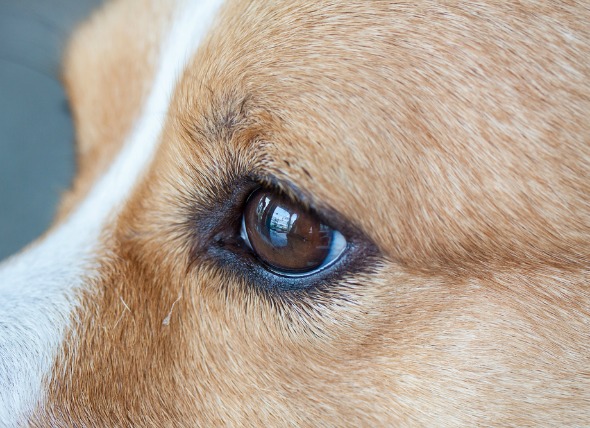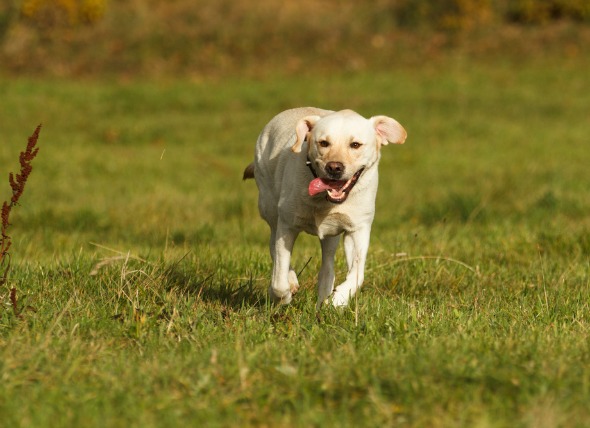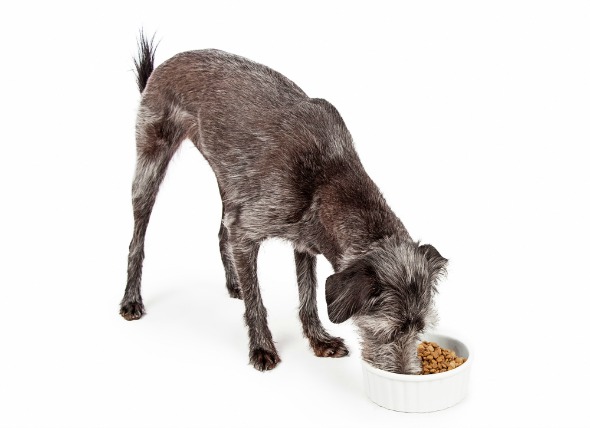

Erosions are shallow defects in the skin that only affect the skin's upper layers. They can be quite painful, but tend to heal quickly if the skin is protected and the underlying cause is eliminated. With ulcers, the surface layers of the skin are compromised completely, since the defects go deeper into the skin. Ulcers require careful wound care to prevent infection, and tend to heal slowly. Erosive, or ulcerative, dermatoses (diseases of the skin) are from a group of dissimilar skin disorders characterized by the presence of erosions or ulcers.
The condition or disease described in this medical article can affect both dogs and cats. If you would like to learn more about how this disease affects cats, please visit this page in the PetMD health library.
The symptoms will depend on the cause. However, they can include one or more of the following:
A wide variety of conditions can result in erosions or ulcers of the skin. Common causes are burns, trauma, and skin infections, as well as more complicated conditions, such as drug reactions, certain types of cancers, and autoimmune diseases of the skin. Viruses can also be the cause of erosions or ulcers, and can appear identical to burns or trauma. Your veterinarian may need to run a battery of tests, including blood work, cultures for different types of infections, and skin biopsies (sample of skin tissue) to determine the root cause of the reaction and prescribe proper treatment.
In some cases an underlying cause cannot be identified. Your veterinarian will diagnose this outcome as an idiopathic (unknown) disorder or disease.
A partial list of disorders that cause erosions or ulcers of the skin include the following:
Immune-Mediated Disorders
Infectious Disorders
Parasitic Disorders
Congenital/Hereditary Disorders
Metabolic Disorders
Cancer
Nutritional Disorder
Miscellaneous
Your veterinarian will begin with your dog's full medical history and a physical examination. This is especially important owing to the extensive differential list (see Causes). Many of the causes have subtle differences in appearance and distribution. The wide variance of possible causes, and the similarities of many of the manifestations, make diagnosing and treating a dermatological skin disorder a challenge. An in depth history will be necessary for the true nature of the disorder to be made apparent. The history of the itching will be taken into account, as well as incidences of exposure to infectious organisms, and recent travel history (to account for some fungal diseases that can be acquired from environments other than the one in which you and your pet live). Diet, and any other signs of systemic (whole body) reactions will be recorded.
Lesions, ulcers and blisters will need to be biopsied for an in depth analyzation. Your veterinarian will perform a histological skin biopsy -- an analyzation of the diseased tissues -- as well as mycobacterial, and/or fungal cultures, and evaluations of fluid and pus from the lesion or blister. An aspirated sample of the fluids, and a subsequent microscopic examination of the involved cells in the fluid will also be used to determine the presence of bacterial infection, either aerobic or anaerobic (bacteria that can live with, or without oxygen, respectively).
Treatment will be given on an outpatient basis for most skin disorders, but methods of treatment and medications vary. Your veterinarian will tailor a management program that is best for your dog's individual case; if the cause of the dermatosis is known, specific drug therapies may be prescribed.
Some of the possible methods of treatment will be hydrotherapy, which can be applied with either a whirlpool bath, or by spraying cool water under pressure against the ulcerated skin. First, make sure that your veterinarian approves of hydrotherapy as appropriate for your dog's condition. Avoid the temptation to apply over-the-counter creams and ointments to erosions and ulcers without first checking with your veterinarian, since some commonly used products (such as those containing neomycin) can actually cause a delay in healing. Other products may contain alcohol or other ingredients that could inflict pain when applied. Keeping eroded, or ulcerated skin clean and protected, with soap that is specially formulated for sensitive skin, will be key to effective and responsive healing.
Follow-up will be on a case-by-case basis, and will depend on the disease process, the presence of generalized (systemic) diseases, medications used to treat the skin and body, and the potential side effects that can be expected from the medications.
Follow-up care with your veterinarian is important, especially for slowly healing ulcers; the progress of the wound should be monitored at least every other week to be sure that healing is proceeding properly, and that infection has not further complicated the healing process.
 Postpartum Low Blood Calcium in Dogs
Postpartum Eclampsia in Dogs
Eclampsia is a defic
Postpartum Low Blood Calcium in Dogs
Postpartum Eclampsia in Dogs
Eclampsia is a defic
 Abnormal Growths in the Lower Intestines of Dogs
Rectoanal Polyps in Dogs
Rectoanal polyps is char
Abnormal Growths in the Lower Intestines of Dogs
Rectoanal Polyps in Dogs
Rectoanal polyps is char
 Eye Defects (Congenital) in Dogs
Congenital Ocular Anomalies in Dogs
Congenital ab
Eye Defects (Congenital) in Dogs
Congenital Ocular Anomalies in Dogs
Congenital ab
 Collapse During Exercise in Labrador Retrievers
Exercise Induced Weakness and Collapse in Labrador Retri
Collapse During Exercise in Labrador Retrievers
Exercise Induced Weakness and Collapse in Labrador Retri
 Increased Appetite in Dogs
Polyphagia in Dogs
When a dog increases its food
Increased Appetite in Dogs
Polyphagia in Dogs
When a dog increases its food
Copyright © 2005-2016 Pet Information All Rights Reserved
Contact us: www162date@outlook.com